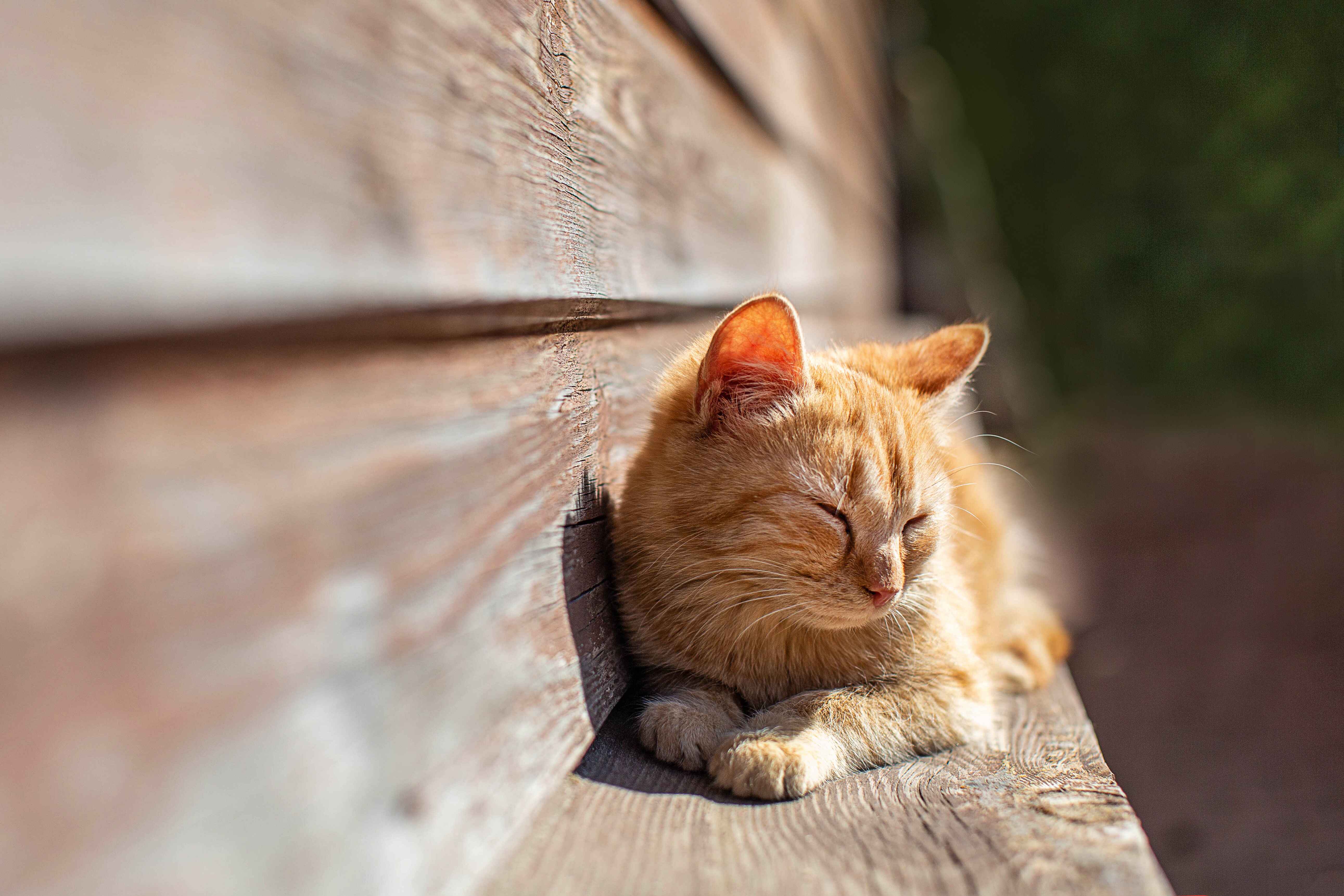Cats in Season: How to Recognise When Your Cat is in Heat
Female cats can enter season, also referred to as being in heat, from as early as four months of age. This is the stage when they are fertile and able to become pregnant. If your cat is not spayed at a young age, she will continue to go through heat cycles each year, typically from February to October, although fertility outside of these months is possible. Each cycle usually lasts around 2–3 weeks and can repeat multiple times during the breeding season.
In the Northern Hemisphere, a cat’s natural breeding season runs from spring through late autumn. The longer daylight hours during these months trigger reproductive hormones, prompting heat cycles. Cats that live in warmer climates or primarily indoors with exposure to artificial lighting may experience heat cycles throughout the year.
Common Signs of a Cat in Heat
Cats in season often display noticeable changes in behaviour. You may find your cat becoming unusually affectionate, meowing or calling more frequently, or demonstrating playful and flirtatious movements, such as moving her tail more than usual. She may also attempt to seek out a mate if not already paired.
Unlike female dogs in season, cats do not bleed and do not experience pain during their cycles. However, they may appear restless or unsettled.
Typical signs of a cat in heat include:
-
Increased affection and attention-seeking behaviour
-
Vocalising, often loudly, to attract males
-
Decreased appetite
-
Restlessness or pacing
-
Frequent urination, sometimes outside the litter box
Understanding these signs can help you manage your cat’s behaviour and make informed decisions about spaying and preventive reproductive care.
Managing Your Cat During Heat Cycles
If you do not want your cat to become pregnant, one practical approach is to keep her indoors during her heat cycles. This helps prevent accidental mating and keeps her safe.
Beyond this, cats in season generally do not require any medical intervention. However, providing enrichment can help manage restlessness or agitation. Interactive play, treat-dispensing toys, or puzzle feeders are excellent ways to keep your cat stimulated and engaged while she experiences her cycle.
Book A Cat Neutering Appointment
Preventing Heat Cycles: The Advantages of Spaying
The most effective way to prevent heat cycles in female cats is through spaying. This procedure not only stops your cat from going into season but also provides numerous long-term health benefits.
Spaying involves the removal of the ovaries, and sometimes the uterus, ensuring your cat cannot become pregnant or go through her reproductive cycle. Additional benefits of spaying include:
-
Reduced risk of mammary (breast) cancer
-
Prevention of pseudopregnancy (false pregnancy)
-
Lower chance of uterine or ovarian infections
-
Decreased likelihood of ovarian cancer
Unless your cat is intended for breeding, spaying (and castrating male cats) is generally recommended for all pet cats to promote health and wellbeing.
Book In Your Cat Today At Gower Vets
FAQs About Cats in Heat / Cats in Season
How long does a cat stay in heat?
Cats that are not spayed can come into heat multiple times each year, typically from February to October. Each heat cycle usually lasts around 2–3 weeks.
When do cats first come into season?
Female cats, or queens, can start experiencing heat as early as 4 months old, though most begin around 6 months of age. Factors such as breed, body weight, and the time of year can influence when a cat first goes into season.
How many days is a cat in heat?
A typical heat cycle lasts between 3 and 14 days, with the average being about one week.
Can a cat be spayed while in heat?
Yes, cats can safely be spayed at any point in their cycle. Your veterinarian can advise on the best timing for the procedure.
Do male cats go into heat?
No, male cats do not experience heat cycles like females. They are capable of mating at any time once sexually mature.





